In the fast-paced world of business, achieving and surpassing goals is imperative. Objectives and Key Results (OKRs) have emerged as a compelling framework to enhance organizational performance, allowing companies to set ambitious goals, track progress, and drive consistent improvement. The right OKR software can be the linchpin of this process, streamlining goal management, fostering alignment, and maximizing productivity.
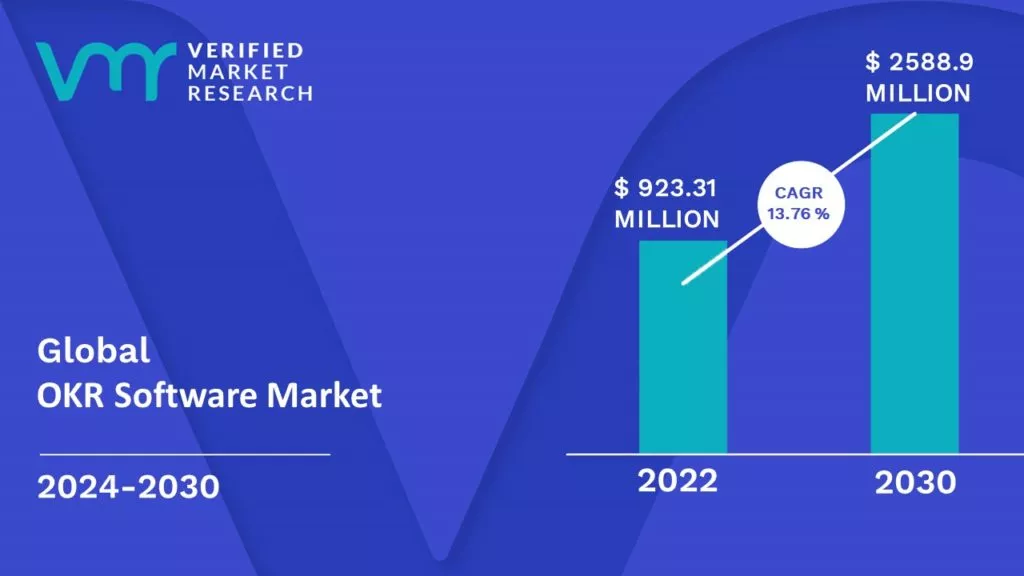
What is OKR Software?
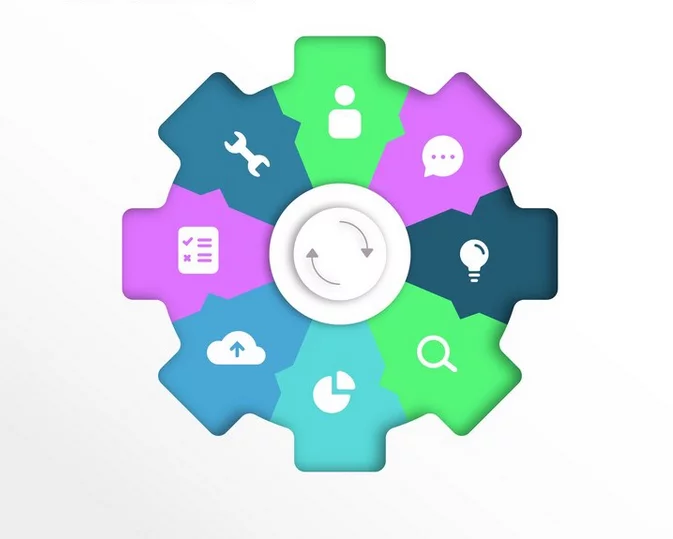
OKR software (Objective & Key Results software) represents a framework used to formulate strategies and establish objectives that connect individual and team goals to the overarching organizational objectives. This software facilitates the creation of an initial strategy and monitors the progress of OKRs across all objectives.
OKR software is a proven method to enhance alignment between individual employees and the company’s high-level business objectives. By establishing a transparent and cascading framework, it visually demonstrates to employees how their individual OKRs contribute to the company’s strategic goals and vice versa. Think of it as an online goal tracker catering to all levels of your company.
Benefits of OKR Softwares:
- Streamlined Goal Setting and Tracking: OKR software simplifies the process of defining objectives and key results, making goal-setting a breeze. Teams can effortlessly align their efforts with overarching company objectives, ensuring everyone stays on the same page and works towards a common purpose.
- Enhanced Focus and Prioritization: With OKR software, organizations can prioritize their most critical objectives, ensuring that teams are laser-focused on what truly matters. This heightened focus prevents resource wastage and maximizes productivity across the board.
- Improved Accountability and Transparency: OKR software fosters a culture of accountability by making objectives and progress transparent to all stakeholders. Every employee can see how their contributions tie into the bigger picture, boosting motivation and ownership.
- Real-time Progress Monitoring: Traditional goal-setting methods often lack real-time tracking. However, OKR software provides live updates on key results, enabling agile decision-making and prompt course corrections when needed.
- Facilitates Collaboration and Cross-functional Alignment: OKR software encourages seamless collaboration among teams and departments. It breaks down silos and ensures that everyone is working in harmony to achieve the organization’s collective goals.
- Data-driven Insights and Analysis: OKR software generates valuable data on performance trends and outcomes, empowering leaders to make data-driven decisions. These insights facilitate continuous improvement and empower organizations to adapt swiftly to changing circumstances.
- Scalability and Flexibility: Whether your organization is small or large, OKR software can accommodate your needs. It scales effortlessly as your business grows, making it an adaptable solution for any stage of your company’s journey.
- Encourages Employee Engagement: When employees understand how their individual contributions impact the organization’s success, they feel more engaged and motivated. OKR software fosters a sense of purpose and empowers employees to take ownership of their work.
Top OKR SOftwares of 2023:
1. Inspire
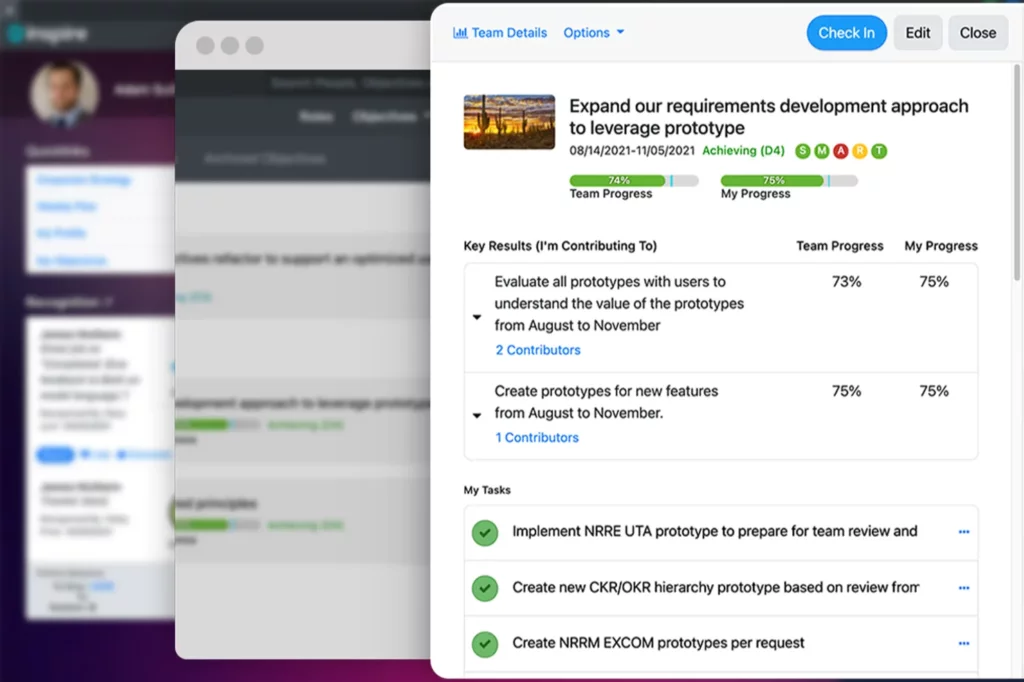
Inspire Software has joined forces with Paul Niven, a renowned best-selling author, global consultant, and founder of OKRsTraining.com, to offer a unique and powerful combination of top-notch training and support for OKRs. This partnership ensures that the platform delivers expert guidance throughout, making the learning curve for OKRs a smooth journey for all employees and HR managers.
The platform seamlessly integrates goals and OKRs with continuous performance management, providing comprehensive recognition and feedback capabilities, learning resources, and leadership development tools. By doing so, it effectively aligns and focuses leaders, managers, and frontline employees, fostering a cohesive and goal-oriented work environment.
With this platform, conducting goal-driven 1:1 conversations that address real-time needs becomes effortless. Built-in collaboration, feedback, and recognition features facilitate effective planning and keep teams focused on their key objectives. Furthermore, teams can celebrate their successes right within the platform, promoting a positive and motivating atmosphere.
It seamlessly integrates with various tools and platforms, including Azure DevOps, Jira, Microsoft Teams, Microsoft Office, and Slack, ensuring a cohesive experience for users.
Pros:
- Individual OKRs are linked to employee performance reviews, fostering a direct connection between employee contributions and performance evaluation.
- Continuous performance management features keep employees engaged, leading to consistent improvement and professional growth.
- The platform’s 9-box talent assessment grid assists with succession planning, ensuring the organization is prepared for future leadership transitions.
Cons:
- The absence of a free trial might limit the opportunity for users to experience the platform before committing fully.
- More software integrations could enhance the platform’s compatibility with other popular tools and systems.
2. Profit.co
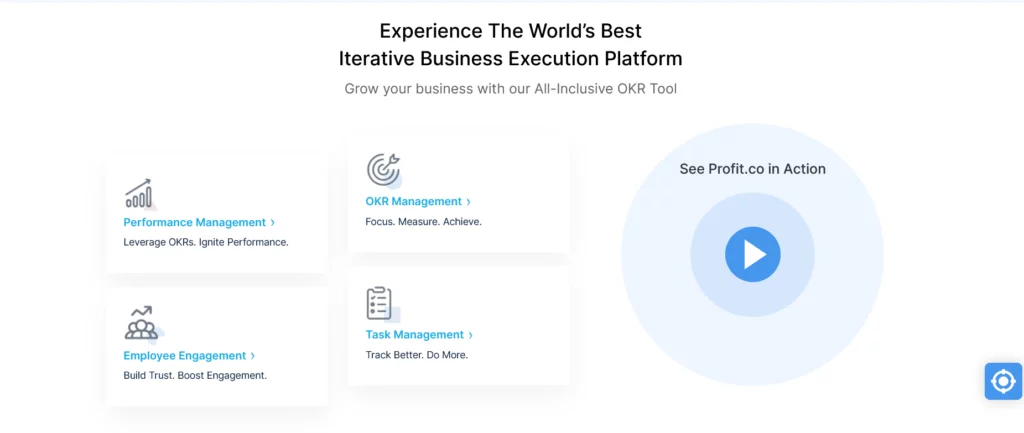
Profit.co is a robust OKR management software designed to execute strategies effectively through an OKR-centric approach. The platform empowers users to take their long-term strategic initiatives, spanning 1 to 5 years, and break them down into a prioritized list of objectives and key results (OKRs) to be executed on a quarterly basis. To ensure continuous improvement and agile execution, Profit.co adopts the Plan-Execute-Engage-Learn cycle every quarter. At the beginning of each quarter, users can plan their OKRs, fostering high levels of employee engagement through collaborative features. The platform incorporates a highly structured reflect and reset process, enabling teams to learn from their progress and make data-driven adjustments.
The cascading goals feature ensures that every individual and team’s OKRs are aligned with the overall strategic direction. With seven types of key results and over 400 pre-loaded Key Performance Indicators (KPIs), users have a wealth of options to measure progress effectively. Customizable KPIs and OKR templates further enhance the platform’s adaptability.
Profit.co extends its functionality beyond OKR management with other modules, including strategy tracking, task management, employee engagement, and employee development, providing a comprehensive solution for organizations seeking holistic performance improvement. The platform seamlessly integrates with popular business applications like Slack, Microsoft Teams, Jira, Salesforce, and HubSpot, among others. Furthermore, users have the freedom to develop their custom integrations using the Profit Integration Engine, ensuring a tailored and unified user experience.
For those interested in exploring the platform before committing, Profit.co offers a generous 30-day free trial and a freemium plan.
Pros:
- Profit.co goes beyond just offering software; it includes OKR coaching and certification, providing valuable expertise and support to users.
- The platform facilitates one-on-one and departmental review meetings, fostering a culture of feedback and continuous improvement.
- Users benefit from step-by-step guides and templates, making it easier to adopt OKRs effectively.
Cons:
- While Profit.co supports a good range of languages, it currently only covers 15 languages, which might be limiting for some global organizations.
- The abundance of feature options may initially overwhelm users, requiring careful consideration to leverage the platform effectively.
3. Trakstar
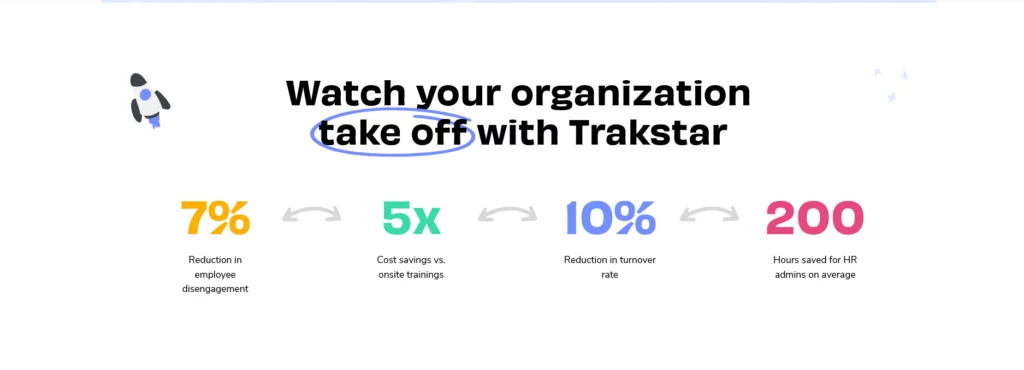
Trakstar is a comprehensive HR software platform that combines performance management, employee learning, applicant tracking, and workforce analytics tools. The performance management module of Trakstar enables organizations to effectively set and track employee goals, conduct performance evaluations, gather 360-degree feedback, and measure employee engagement through surveys.
One of the key features of Trakstar’s performance management module is the goal-setting functionality, which empowers managers and employees to collaboratively establish SMART goals. These goals are designed to be Specific, Measurable, Achievable, Relevant, and Time-Bound. In addition to goal tracking, Trakstar allows users to effectively measure and monitor employee performance through regular check-ins and development plans built within the software. The platform also offers automated reporting, providing valuable insights into the impact of performance strategies on team performance over time.
The software boasts a rich set of features, including check-ins for ongoing feedback, note-taking, self-evaluations, peer feedback, employee surveys, real-time reporting, 360-degree feedback, SMART goal setting and tracking, customized development plans, and skills appraisals.
Trakstar’s integrations further enhance its capabilities, seamlessly connecting with popular platforms such as ADP Workforce Now, Azure, BambooHR, Checkr, Google Workspace, Namely, Office365, Okta, Slack, Zoom, and others.
For those interested in exploring Trakstar’s functionalities, a free demo is available, allowing potential users to experience the platform’s capabilities firsthand. Pricing details are available upon request, allowing organizations to tailor a package that best suits their needs.
Pros:
- Trakstar facilitates instant feedback, promoting a culture of ongoing communication and improvement.
- The platform consolidates performance management, learning, and hiring tools in one place, streamlining HR processes.
- Trakstar’s advanced analytics capabilities provide valuable insights to make data-driven decisions.
Cons:
- While Trakstar excels in performance management, it does not include other HR functions like payroll, which might require additional software integration.
- Performance reviews in Trakstar are conducted annually, which might be less frequent than some organizations prefer for their feedback cycles.
4. Lattice
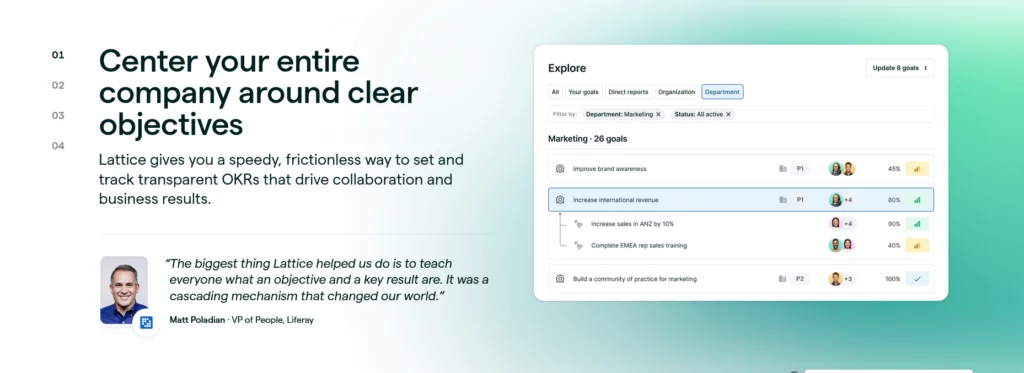
Lattice is a cloud-based people management platform that offers a powerful combination of performance reviews and OKR tracking. With Lattice, you can collaboratively set strategic company objectives, gathering input from your entire team. The platform enables you to enhance employee engagement by linking individual goals to the broader company objectives.
One of Lattice’s standout features is its impressive ability to integrate a wide selection of productivity tools into your OKR software. This versatility makes Lattice an excellent choice for organizations looking to streamline their workflows and boost productivity. By integrating with tools like Slack, you can set up direct reminders and updates for 1-on-1 meetings or task deadlines, enhancing communication and efficiency.
Lattice seamlessly integrates with a host of productivity tools, including ADP, BambooHR, Gmail, G Suite, Gusto, Humaans, Jira, Microsoft Outlook, Microsoft Teams, Okta, Personio, Rippling, Salesforce, Slack, TriNet, UKG Pro, Workday, Zenefits, and more, further enhancing its adaptability.
For those interested in exploring the capabilities of Lattice, a free demo is available, allowing users to experience the platform firsthand. Pricing starts from $11 per employee per month, and organizations have the option to purchase the Goals & OKRs module separately or combine it with the Performance Management module.
Pros:
- Lattice offers the flexibility to purchase the Goals & OKRs module separately or combine it with the Performance Management module, catering to specific organizational needs.
- The platform includes modern features like 360-degree feedback, enhancing the quality of performance evaluations.
- All Lattice plans include Lattice University, a valuable resource for employee upskilling and professional development.
Cons:
- Unfortunately, Lattice does not offer a free trial, which may be a drawback for those seeking to test the platform before committing.
5. Leapsome
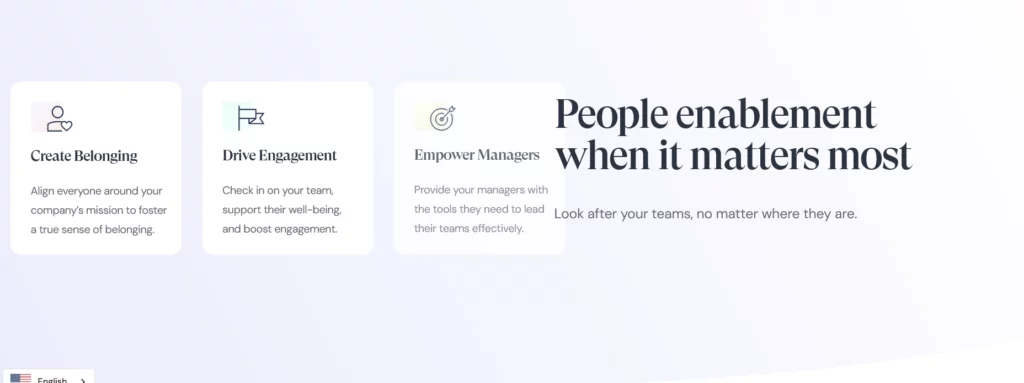
Leapsome stands out as an exceptional OKR platform that not only helps organizations focus on strategic objectives but also enhances their people management processes. With a track record of trust from renowned companies like Spotify, Northvolt, and Babbel, Leapsome enables a continuous cycle of goals & OKR setting, tracking, and reporting at the company, team, and individual levels.
What sets Leapsome apart is its commitment to going beyond simple tracking by fostering a culture of feedback. Throughout the OKR process, stakeholders and team members can share and request feedback, leaving comments to provide context and discuss progress on tasks or projects. This interactive approach enhances collaboration and ensures everyone is on the same page.
A noteworthy feature of Leapsome is its ability to relate individual, team, and company goals to one another, creating an OKR tree that offers a comprehensive overview of progress, ownership, and dependencies. This visual representation simplifies tracking the path to success and ensures alignment throughout the organization.
To enhance its capabilities, Leapsome integrates seamlessly with various platforms, such as Personio, BambooHR, HiBob, GSuite, OneLogin, Okta, Active Directory, Slack, Jira Software, Microsoft Teams, and Calendar Apps, making it a versatile solution.
For organizations interested in exploring Leapsome’s potential, a 14-day free trial is available, allowing users to experience the platform firsthand. Pricing starts from $8 per user per month, though specific pricing details require an inquiry.
Pros:
- Leapsome excels in facilitating ease of giving feedback to peers, fostering a culture of continuous improvement.
- The platform provides robust self-evaluation tools, empowering employees to take ownership of their performance.
- The user-friendly interface ensures a smooth user experience for all team members.
Cons:
- Setting “lower than” goals (e.g., cost or time reduction) might be challenging in the platform’s current setup.
- Detailed pricing information requires reaching out to the company, which could be less transparent for some potential users.
6. monday.com
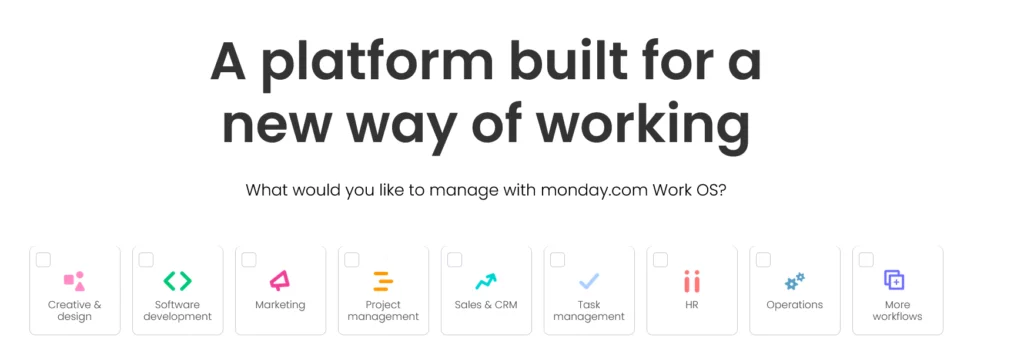
With monday.com’s flexible Work OS system, users can effortlessly organize and track any process through customizable data dashboards with built-in visualization tools. Their extensive library of 200+ templates, including an OKR template, can be easily adapted to suit your business needs.
The platform offers an impressive selection of 30 column types, allowing you to tag individuals or teams responsible for each task, set timelines, prioritize items, and track and update their status as they are completed. Moreover, data dashboards can be visualized in various formats with just one click, such as calendar view or Gantt chart format. An additional “deadline mode” view highlights items that are falling behind schedule, ensuring nothing slips through the cracks.
monday.com boasts a range of features to streamline progress tracking and enhance project management. Users can take advantage of flexible progress tracking tools, visual project timelines, and milestone tracking. The platform also allows for view customizations and offers automations to automate repetitive tasks.
The platform’s extensive integration options further enhance its utility, seamlessly connecting with numerous applications and productivity tools, including Asana, Basecamp, DocuSign, Excel, Google Calendar, Microsoft Teams, Outlook, Salesforce, Slack, Trello, Zapier, Zendesk, and more.
For those interested in exploring the platform, monday.com offers a 14-day free trial and a free plan, allowing users to experience its capabilities without commitment. Pricing starts from $8 per user per month, billed annually, with a minimum of three seats required.
Pros:
- monday.com boasts a clean and colorful interface that is fully customizable, ensuring a personalized user experience.
- Drag-and-drop capabilities simplify the management of OKRs, making it easy to rearrange and update objectives.
- The platform offers a wide array of templates, columns, and visualization options, catering to diverse business needs.
Cons:
- Automations are not included in the Basic service level, which might be a limitation for users seeking advanced automation features.
- The number of dashboards is limited in the Basic and Standard service levels; for more extensive usage, the Pro level is recommended.
7. Hirebook
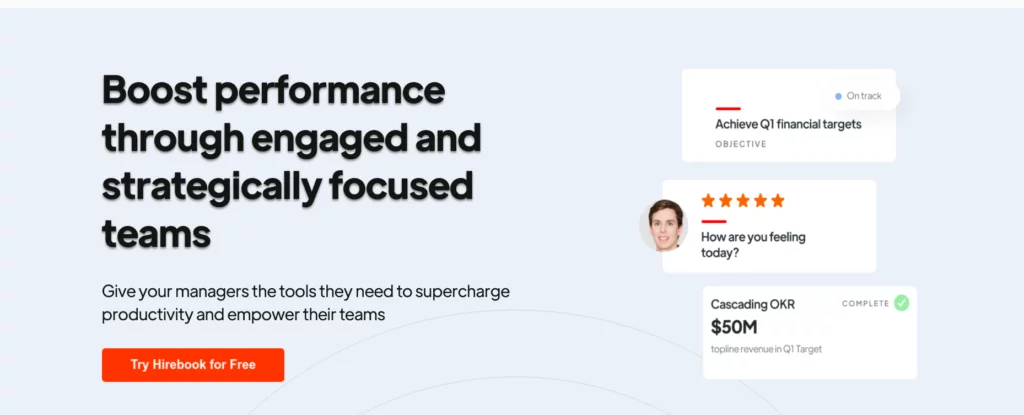
Hirebook, a leading performance and motivation tool, has gained recognition from prestigious companies like IBM and Boeing for its high-level OKRs strategy. Their exceptional customer support team goes above and beyond to assist companies of all sizes in pursuing quantifiable goals through a range of powerful features, including automated check-ins, virtual meetings, OKRs and KPIs, and a comprehensive ORG chart.
While many platforms focus solely on executives, Hirebook sets itself apart by ensuring that every team member within the organization is fully engaged and reaping the benefits of OKRs. Their platform goes beyond OKRs to provide a holistic performance management solution.
Hirebook offers award-winning workshops and assessments for new companies, providing valuable guidance to optimize OKRs implementation and execution. The platform’s support extends to a range of features, including cascading OKRs, OKR assessments, progress tracking, visualization tools, one-on-one smart agendas, real-time data dashboards, recurring reports, and multi-location management tools.
One of Hirebook’s key strengths lies in its integration capabilities. The platform seamlessly connects with many popular software solutions, such as Asana, HubSpot, Salesforce, Jira, Slack, Microsoft Teams, and others, streamlining workflows and enhancing efficiency.
For organizations interested in exploring Hirebook’s capabilities, a free trial is available, allowing users to experience the platform firsthand. Pricing starts from $10 per user per month, offering a flexible and scalable solution.
Pros:
- Hirebook goes the extra mile by providing hands-on workshops and assessments to help new customers get the most out of their OKRs implementation.
- Free Hirebook University courses are available to all users, providing valuable resources for ongoing learning and development.
- The platform integrates seamlessly with team and 1-on-1 meetings, enhancing collaboration and communication.
Cons:
- Hirebook does not offer time tracking functionality, which could be a consideration for organizations requiring such features.
- While the platform is mobile-ready, it does not offer a dedicated mobile app, which may be a preference for some users.
Conclusion:
Successful implementation of OKR software is not solely about the tool itself. A well-planned rollout, adequate training, and a commitment to regular reviews and adjustments are paramount. As organizations continue to scale, optimizing OKR software usage can help maintain the alignment of objectives with the broader company vision.
FAQs on OKR Softwares:
Is mobile accessibility important for OKR software?
Yes, mobile applications are becoming increasingly important for OKR software, allowing users to access and update goals on-the-go, which is crucial in today’s fast-paced business environment.
How can organizations successfully implement OKR software?
Successful implementation involves training and onboarding, goal setting, continuous monitoring, and scaling the software to match organizational growth. Companies should also encourage a culture of OKR adoption for lasting success.
Can OKR software be integrated with other business tools?
Yes, many OKR software solutions offer integrations with popular project management, communication, and analytics tools to create a seamless workflow and enhance the overall functionality of the software.
What distinguishes OKR software from traditional goal-setting methods?
OKR software offers real-time progress tracking, fosters alignment, and encourages transparency, making it a more dynamic and effective alternative to traditional goal-setting methods. It also provides a clear framework for setting objectives and key results.



